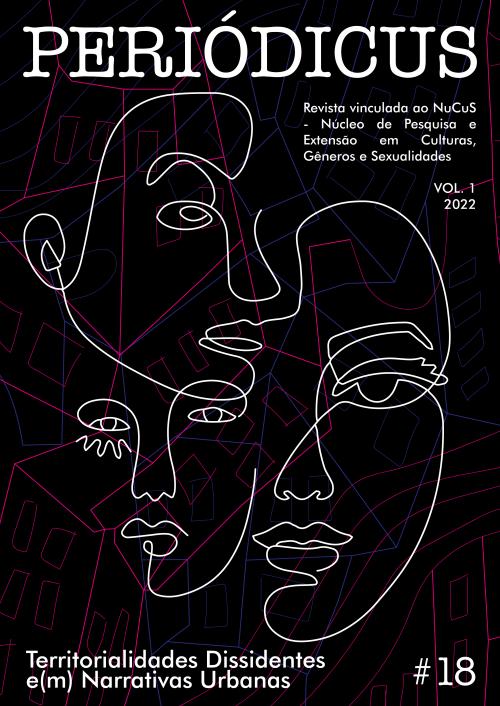Isthmus genders
between Mexicos, women and muxes
DOI:
https://doi.org/10.9771/peri.v1i18.49905Abstract
In Juchitán de Zaragoza, a Mexican city in the Isthmus of Tehuantepec region, there is what is conventionally called the ‘third gender’, the muxes. To discuss the possibility of the existence of a non-binary gender space in non-Western societies, the question was posed: what can muxes inform about the possibility of thinking from a less binary gender perspective? For this, the theoretical-methodological basis was taken from Henri Lefebvre’s conception of the production of space and its three conceptual dimensions: spatial practice; the representations of space; and the spaces of representation. From a historiographical reconstitution of the geographic space, the condition of women and the construction of the muxe identity, it was concluded that the space produced by muxes’ bodies is a differential space that resists colonial impositions, negotiates with the discourses of the media, dialogues with academic spaces and emerges as a questioning of the forces that try to hide them.
Downloads
Downloads
Published
How to Cite
Issue
Section
License
Copyright (c) 2022 Pâmela Keiti Baena, Rita de Cássia Lana

This work is licensed under a Creative Commons Attribution-NonCommercial 4.0 International License.
Authors who publish in this journal agree to the following terms:
Authors retain copyright and grant the journal the right of first publication, with the work simultaneously licensed under a Creative Commons Attribution Noncommercial License that allows the work to be shared with acknowledgment of authorship and initial publication in this journal, but prohibits commercial use.
Authors are authorized to enter into separate additional contracts for non-exclusive distribution of the version of the work published in this journal (e.g., publishing in an institutional repository or as a book chapter), with acknowledgment of authorship and initial publication in this journal.
Authors are permitted and encouraged to publish and distribute their work online (e.g., in institutional repositories or on their personal website) at any point before or during the editorial process, as this can generate productive changes and increase the impact and citation of the published work (see The Effect of Open Access).








